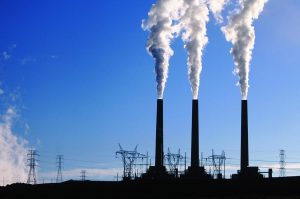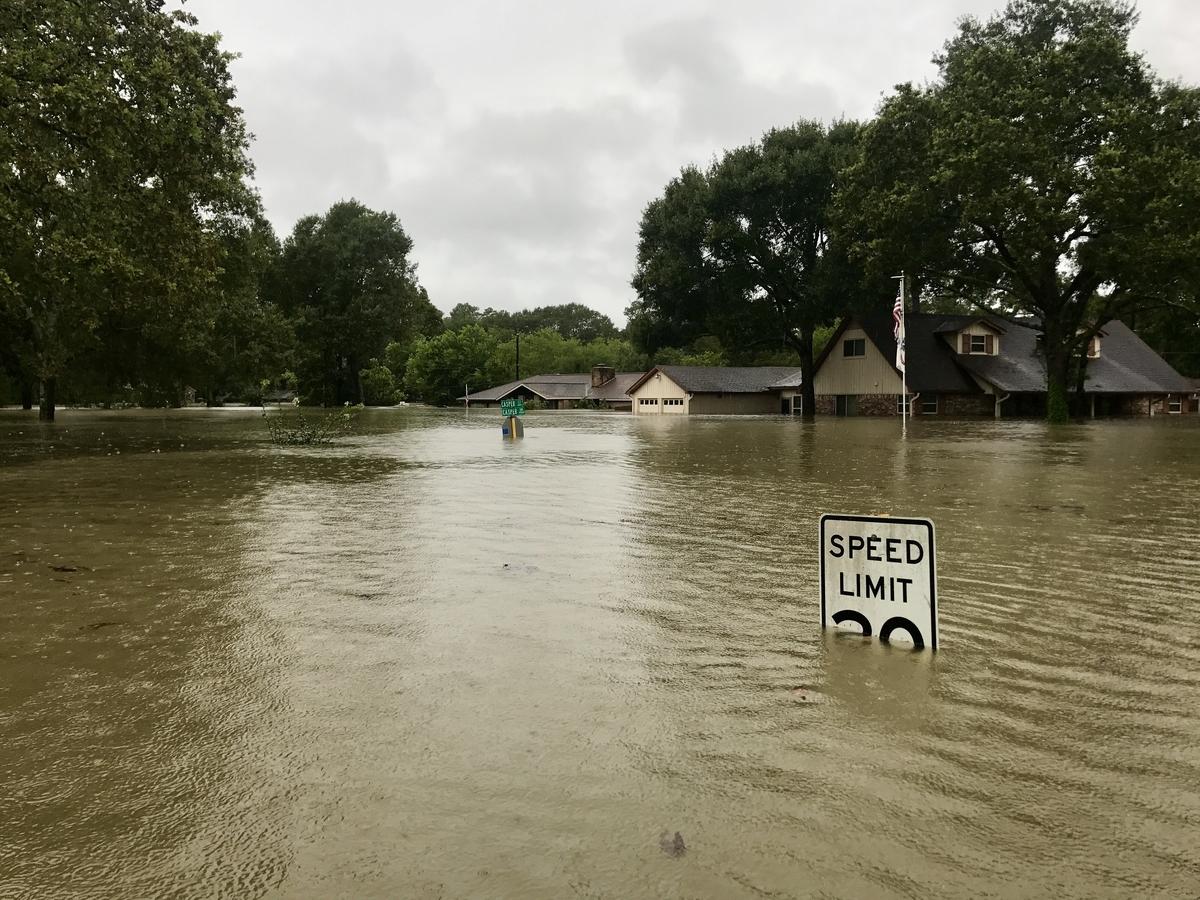
An insurance policy for cutting emissions: New research strengthens the case for climate backstops
Climate backstops are a critical part of a carbon fee that help ensure expected emissions reductions actually occur. More federal climate proposals are using them, including the new America’s Clean Future Fund Act from Senator Richard Durbin. New research on these innovative mechanisms can help advance our understanding of different design options and implications for environmental performance.
Protecting lives during the COVID-19 crisis, confronting systemic racism, and providing much-needed economic relief to workers and businesses should be the top priorities for federal policymakers right now. As attention turns to recovery and rebuilding, we must use the opportunity to act swiftly to tackle the climate crisis, another significant threat to our nation’s health that exacerbates racial and economic inequality.
The policies and programs designed to stimulate the economy must also dramatically cut climate and air pollution – a goal underscored by the new report from the House Select Committee on the Climate Crisis, which outlines a range of bold solutions to climate change. Within the suite of climate and air pollution solutions needed, it will be critical that lawmakers include an economy-wide mechanism that puts an enforceable limit on climate pollution. There are several options for such a mechanism – one is a carbon fee that covers the vast majority of emissions across the economy. Such a fee can and should be designed to distribute costs and benefits in a way that promotes equity. That includes protecting the communities most vulnerable to climate impacts, air pollution and the transition to a clean economy through the use of targeted revenue.
To be most effective and help ensure emissions reductions, a carbon fee should include climate backstops (or environmental integrity mechanisms (EIMs)) that tie the fee to specific and concrete pollution reduction goals and adjust the program as needed to keep the program on course for meeting those goals, thereby providing an insurance policy for the climate. This approach has been gaining traction, including in a newly introduced carbon pricing bill from Senator Durbin, America’s Clean Future Fund Act. The Durbin bill is the latest of a number of carbon fee bills to include a specific type of climate backstop – one that triggers an adjustment of the fee automatically if emissions reduction targets are missed. While research on these types of mechanisms is still in early stages, a newly released EDF policy brief co-authored with experts at Resources for the Future (RFF) outlines key findings from their modeling that can help inform the design of one type of backstop measure.
Climate backstops: what they are and why they are important in a carbon fee
In order to address climate change, we need to cut pollution dramatically, ultimately reaching a 100% clean economy no later than 2050. A carbon fee sets a price per unit of pollution, which provides an incentive for businesses to reduce emissions – but on its own, it cannot provide assurance that we will reduce emissions enough because it is impossible to predict exactly how a complex economy will respond to any given price level. And because greenhouse gas pollution accumulates in the atmosphere over time, even being slightly off the desired path over several decades can produce significant consequences for cumulative emissions, and thus climate damages.
Climate backstops can help ensure that needed emissions reductions occur and targets will be met. Specifically, they help reduce the uncertainty in emissions outcomes by adjusting the program based on performance. In addition to the America’s Clean Future Fund Act, such measures have been included in several other federal carbon fee proposals, including the bipartisan MARKET CHOICE Act and Energy Innovation and Carbon Dividend Act, and more. Moreover, commentary published by EDF policy experts explains why we believe climate backstops can help address one of the political challenges of passing a carbon fee in the US, which relates to the inherent uncertainty about the magnitude of emissions reductions that any given fee will actually achieve. Providing assurances over emissions outcomes is critical for effective and durable climate policy – alongside predictability of the price path.
A Tax Adjustment Mechanism (TAM) is one type of climate backstop that is included in the bills above and increases the fee automatically if it has not been sufficient to drive emissions down to the specified reduction goals. TAMs allow the program to adjust quickly and in a predictable and transparent manner, helping keep the program on track to reach emissions goals. If these increases still do not produce the needed results, other types of backstops could be triggered, including direction to EPA to issue regulations to meet the emissions goals or directing excess revenue (which would be generated if emissions are higher than projected) towards driving additional reductions.
New modeling helps inform policy design
As the TAM concept gains traction, it is critical to evaluate how different designs of this climate backstop will affect emissions and economic outcomes. For example, how frequently should a tax adjustment be triggered? How large should the adjustment be? Understanding these dynamics will be crucial to leveraging TAMs in carbon fee legislation as effectively and efficiently as possible.
Recognizing this need, economists at RFF in collaboration with EDF developed a new model designed to evaluate the effectiveness of different TAM designs. This modeling evaluates how policy design elements – including frequency, type, size of price adjustment, and more – may affect a TAM’s performance.
The results from the modeling reveal four key takeaways for TAMs:
- TAMs can significantly reduce uncertainty in emissions outcomes, including the probability of meeting a specific emissions target. Plus, they can do so in cost-effective ways.
- Design details ultimately determine a TAM’s performance. For example, smaller, more frequent adjustments are more cost-effective in hitting emissions goals than less frequent, larger adjustments (e.g. a two-year adjustment period vs. a five-year adjustment period).
- The initial price path of the carbon fee is primarily what determines emission reduction ambition. The primary role of a TAM is to keep emissions on track for meeting goals, so it’s more likely to be successful if the initial price path already has a relatively high probability of meeting an emissions target.
- TAMs can reduce, but not fully eliminate uncertainty in emissions outcomes. With this in mind, policymakers should consider layering other types of climate backstops along with a TAM in legislation.
This analysis provides valuable insights into how TAMs can improve a carbon fee’s overall performance; however, it also underscores the need for further research into other design elements, especially as they continue to be embraced by policymakers in legislation.
As the climate problem grows increasingly urgent, it is more critical than ever that policies are effective, enforceable, and contain measures like climate backstops that provide strong assurances that pollution reductions will occur at the pace and scale needed.
These policies must also be designed to improve public health and quality of life for all communities. In the context of a carbon fee, revenue can and should be used to fully shield low income households from changes in energy costs or in fact, go further to help these households come out ahead; to support workers affected by the transition; and to invest in measures that protect vulnerable communities from the impacts of climate change and conventional pollutants. Alongside other policies and programs, a well-designed carbon fee with climate backstops can play a central role in driving the dramatic emissions reductions needed to reach a 100% clean economy in a way that achieves a cleaner and fairer economy.
Read the full policy brief on Tax Adjustment Mechanisms here.











